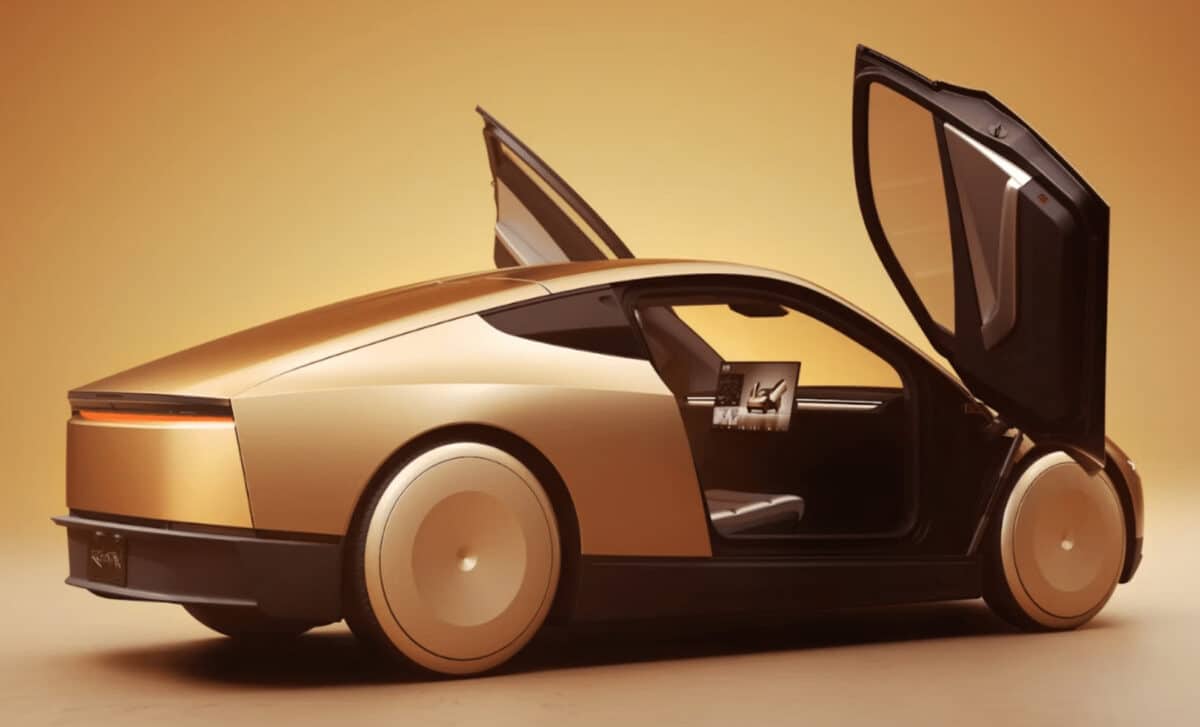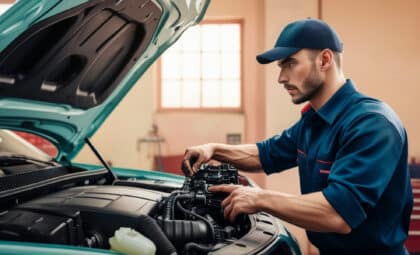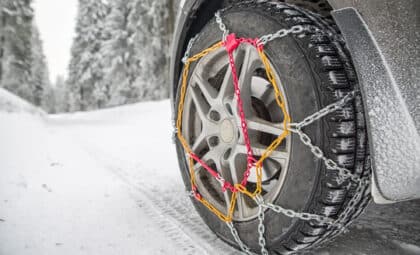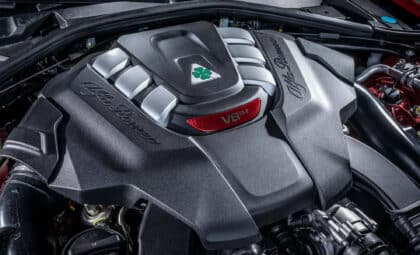Initially slated for production by mid-2025, the chip will now not be available in sufficient volumes until mid-2027. This delay is raising serious questions about the future of Tesla’s Cybercab robotaxi, which was expected to debut in 2026 as a fully autonomous vehicle, free from traditional controls like pedals and steering wheels.
The AI5 chip was meant to power Tesla’s next-generation autonomous vehicles, offering a massive leap in computing power compared to the current AI4 system. However, this setback has forced Tesla to reconsider the timeline and technology for its self-driving vehicles. As the delay stretches into 2027, the Cybercab’s debut is now uncertain, and the vehicle may launch with the less advanced AI4 hardware instead.
Tesla’s Cybercab Plans in Jeopardy
Tesla’s Cybercab robotaxi, first revealed in 2024, was designed to showcase the company’s vision for the future of autonomous transportation. With no steering wheel or pedals, the Cybercab was touted as the first step toward fully autonomous, ride-hailing vehicles. However, as reported by Supercar Blondie, the lack of readiness for the AI5 chip means the vehicle will likely use the current AI4 hardware. This poses a major challenge, as AI4 cannot achieve the level of unsupervised autonomy Tesla originally promised for the Cybercab.
According to Elon Musk, while limited quantities of the AI5 chip may be available earlier, mass production will not begin until mid-2027, creating a gap in Tesla’s planned roadmap. The delay has left the company scrambling to figure out how to launch a vehicle that meets the public’s expectations for autonomy while using existing hardware that falls short of these goals.
The Debate Over Traditional Controls
As the launch of the Cybercab draws closer, there is growing concern about whether traditional driving controls will be necessary. Musk had previously promised a vehicle without pedals or a steering wheel, a bold move signaling Tesla’s commitment to full autonomy.
However, with AI5 delayed and the Cybercab set to launch on AI4, questions have arisen about whether traditional driving components will need to be added to ensure the vehicle meets regulatory and safety standards.
Tesla’s board chair, Robyn Denholm, even floated the possibility of adding pedals and a steering wheel if full autonomy wasn’t achieved in time. However, Musk quickly shut down that suggestion, reaffirming that the Cybercab would remain control-free. This leaves Tesla in a tricky situation, balancing its bold vision with the reality of technical and regulatory hurdles.

The Broader Impact on Tesla’s Autonomy Timeline
The delay of the AI5 chip doesn’t just affect the Cybercab; it also raises broader questions about Tesla’s ability to meet its long-term self-driving goals. Tesla had planned for AI5 to be a game-changer, bringing a significant boost in computing power that would enable fully autonomous driving across its entire fleet. But with mass production of the chip now delayed until 2027, Tesla’s timeline for achieving this level of autonomy is pushed further out.
As reported by Electrek, the delay puts a serious dent in Tesla’s ability to deliver on its promise of unsupervised self-driving. Tesla had originally anticipated AI5 would be in production by mid-2025, but this latest update suggests that full autonomy for Tesla vehicles may not come until much later. This delay will likely prompt the company to continue refining its software and technology to make the most out of the existing AI4 hardware.









